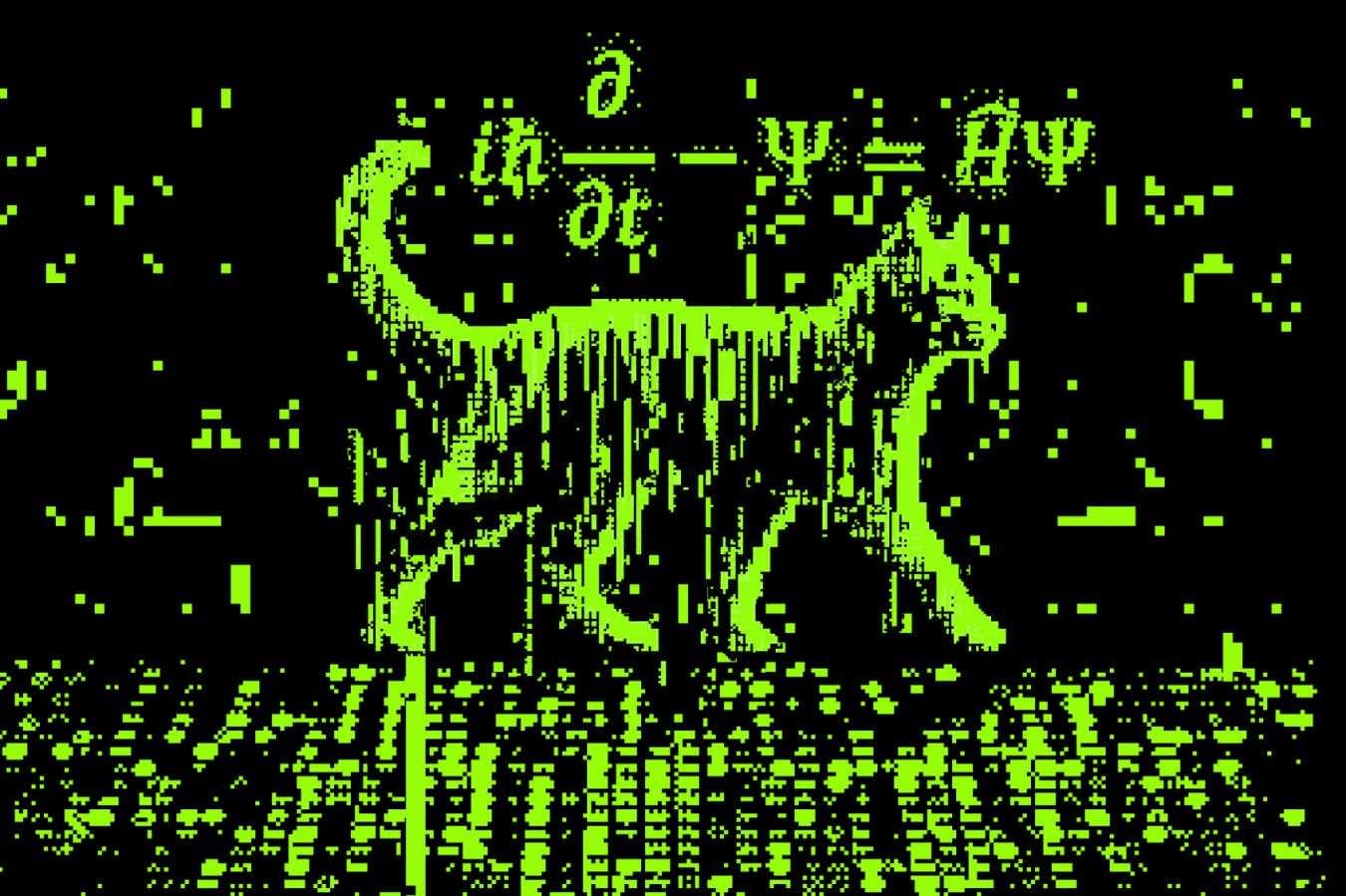Prepaid AI access with a modern chat experience blending retro card nostalgia and cutting-edge AI.
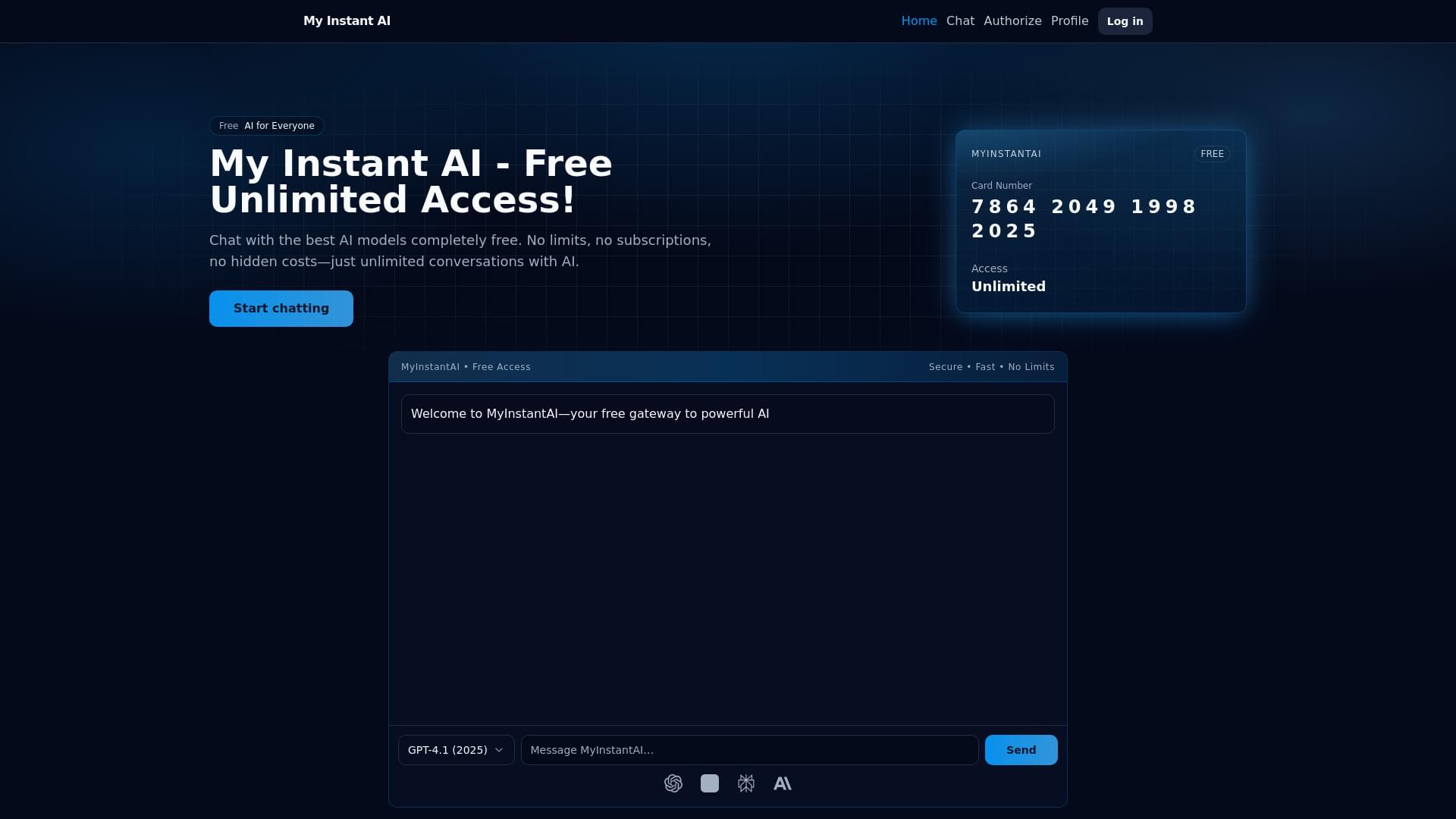

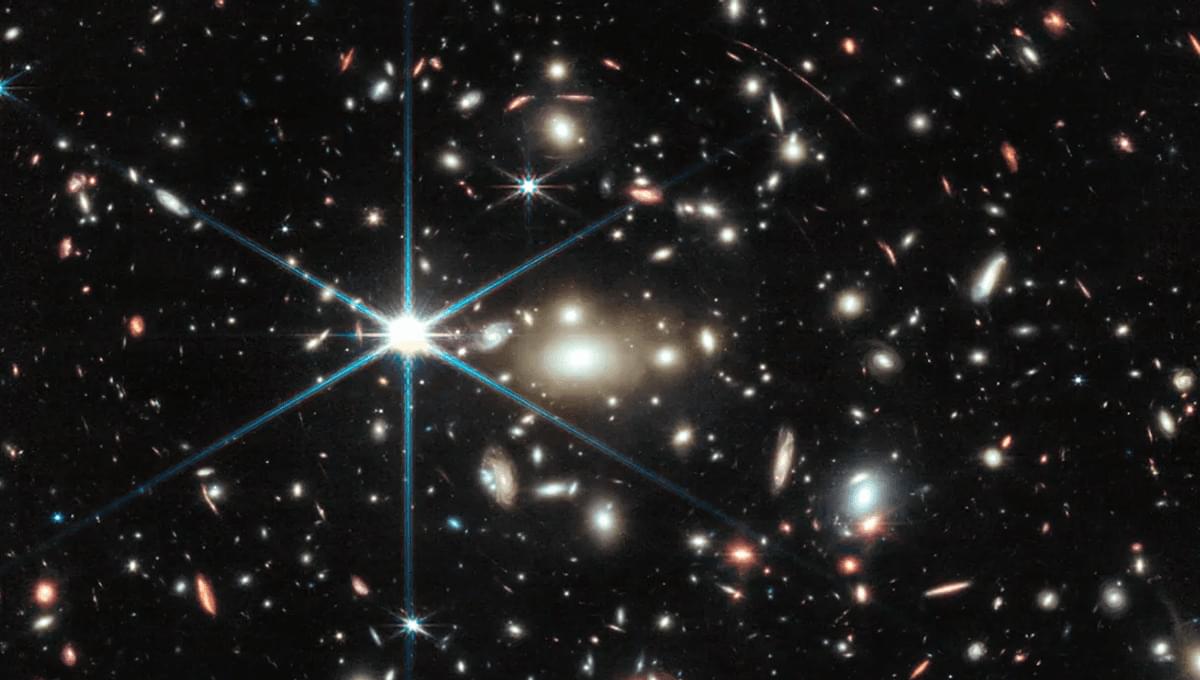

The pulsed-electron avalanche knife (PEAK) PlasmaBlade is an electrosurgical device that provides atraumatic, scalpel-like cutting precision and electrocautery-like hemostasis. Primarily, the PlasmaBlade uses pulsed radiofrequency energy to generate a plasma-mediated discharge along the exposed rim of an insulated blade. Plasma is an electrically conductive cloud created when the energy contacts tissue. The “plasma” allows the radiofrequency energy to cross the tissue at a much lower overall power level, resulting in lower operating temperatures and less thermal damage (7). The PlasmaBlade operates at 40–100°C, while the blade tip stays near body temperature. Therefore, underlying tissue damage is limited. Studies reporting the use of the PlasmaBlade during internal mammary artery harvesting or ocular surgeries have found the area of collateral damage to be only 2–10 μm with the PlasmaBlade compared to 100–400 μm with electrosurgery (7, 8).
The PlasmaBlade has been extensively used in ophthalmologic, plastic, and dermatological surgeries as precisely as a scalpel with the hemostatic control of conventional electrosurgery. Studies have also reported a reduced risk of bleeding, tissue injury, and scar formation with the PlasmaBlade (9– 11). However, experience in cardiac surgery is limited to pocket creation for the pacemaker and implantable cardioverter defibrillator (ICD) implantation (12, 13) and internal mammary artery harvesting (7).
In our institute, we have used the PlasmaBlade to perform SSM for the last 4 years. The purpose of this retrospective study is to review our clinical outcomes and the effect of PlasmaBlade cutting on the excised muscle in terms of necrosis and inflammation.
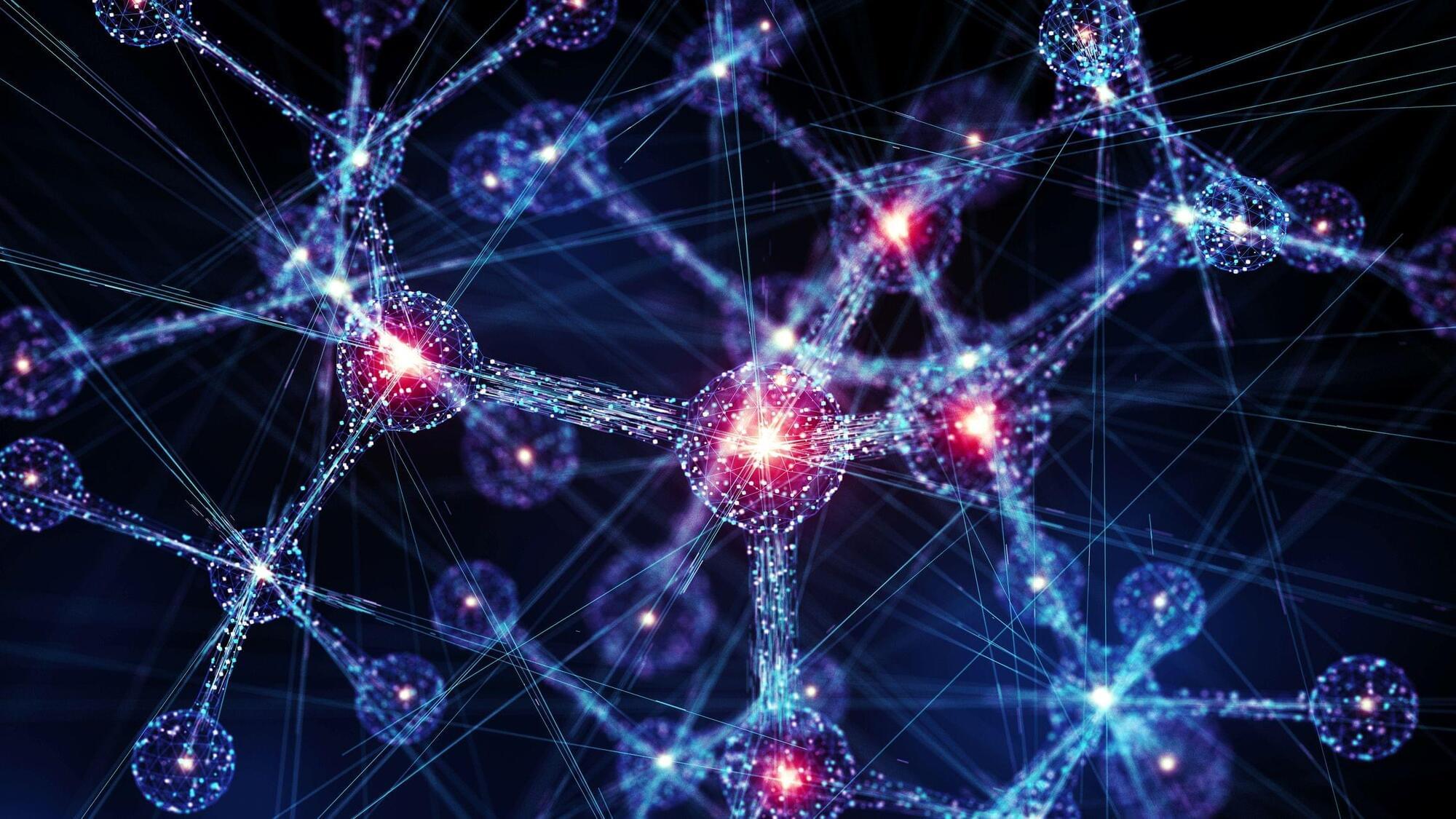
Researchers have tapped into the power of generative artificial intelligence to aid them in the fight against one of humanity’s most pernicious foes: antibiotic-resistant bacteria. | Researchers have tapped into the power of generative artificial intelligence to aid them in the fight against one of humanity’s most pernicious foes: antibiotic-resistant bacteria. Using a model trained on a library of about 40,000 chemicals, scientists were able to build never-before-seen antibiotics that killed two of the most notorious multidrug-resistant bacteria on earth.

FutureAzA
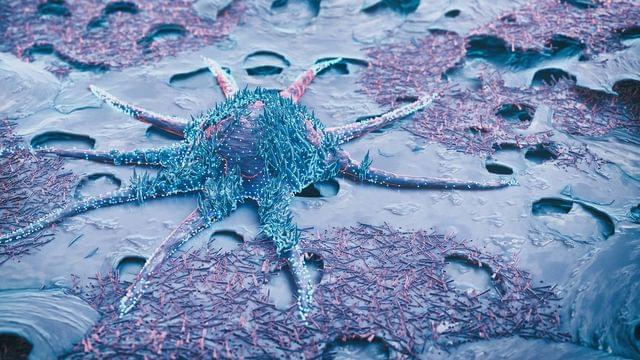
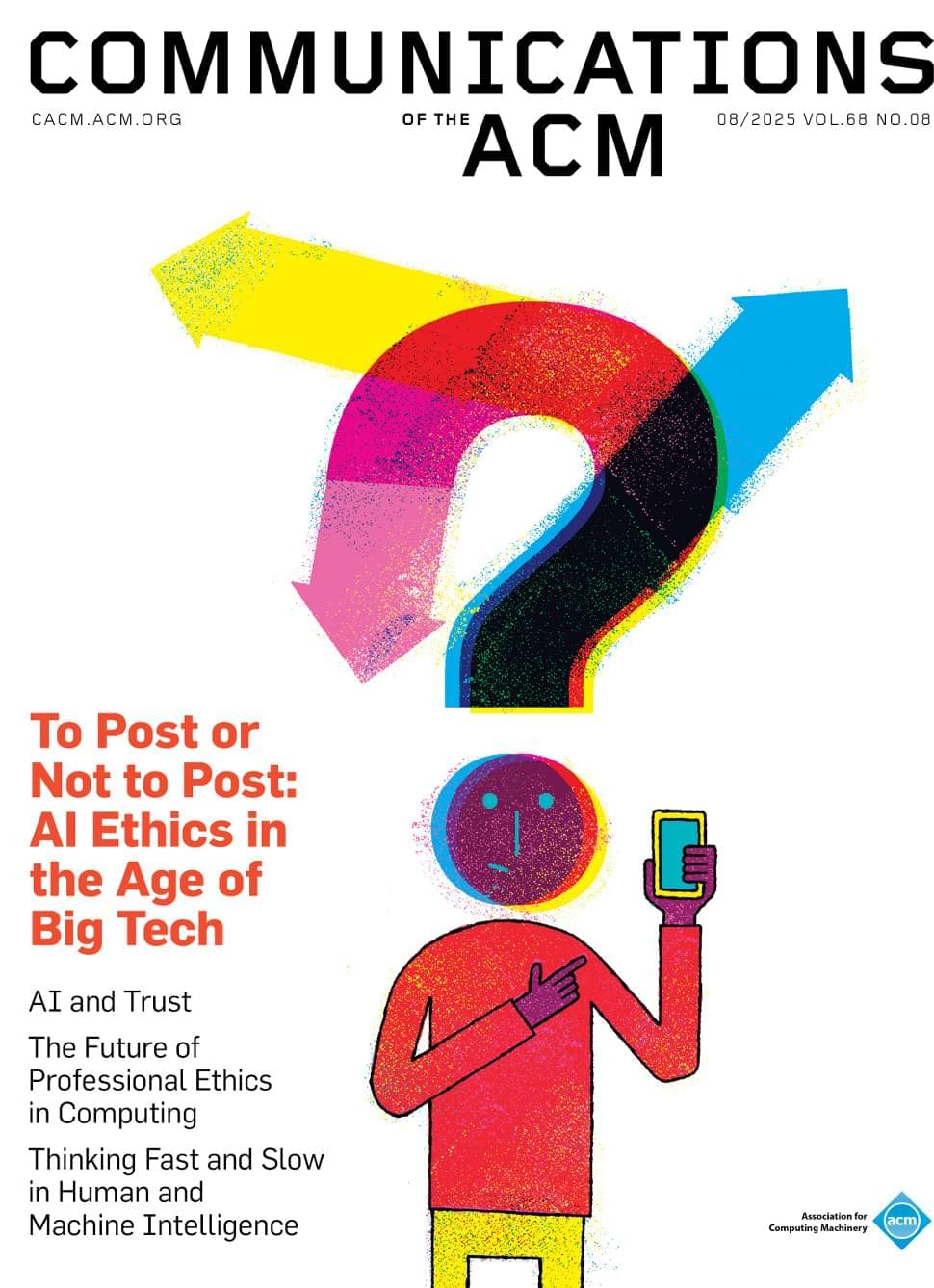
The findings suggest the Sahara had an extra source of rain that kept part of it habitable until surprisingly recently.
